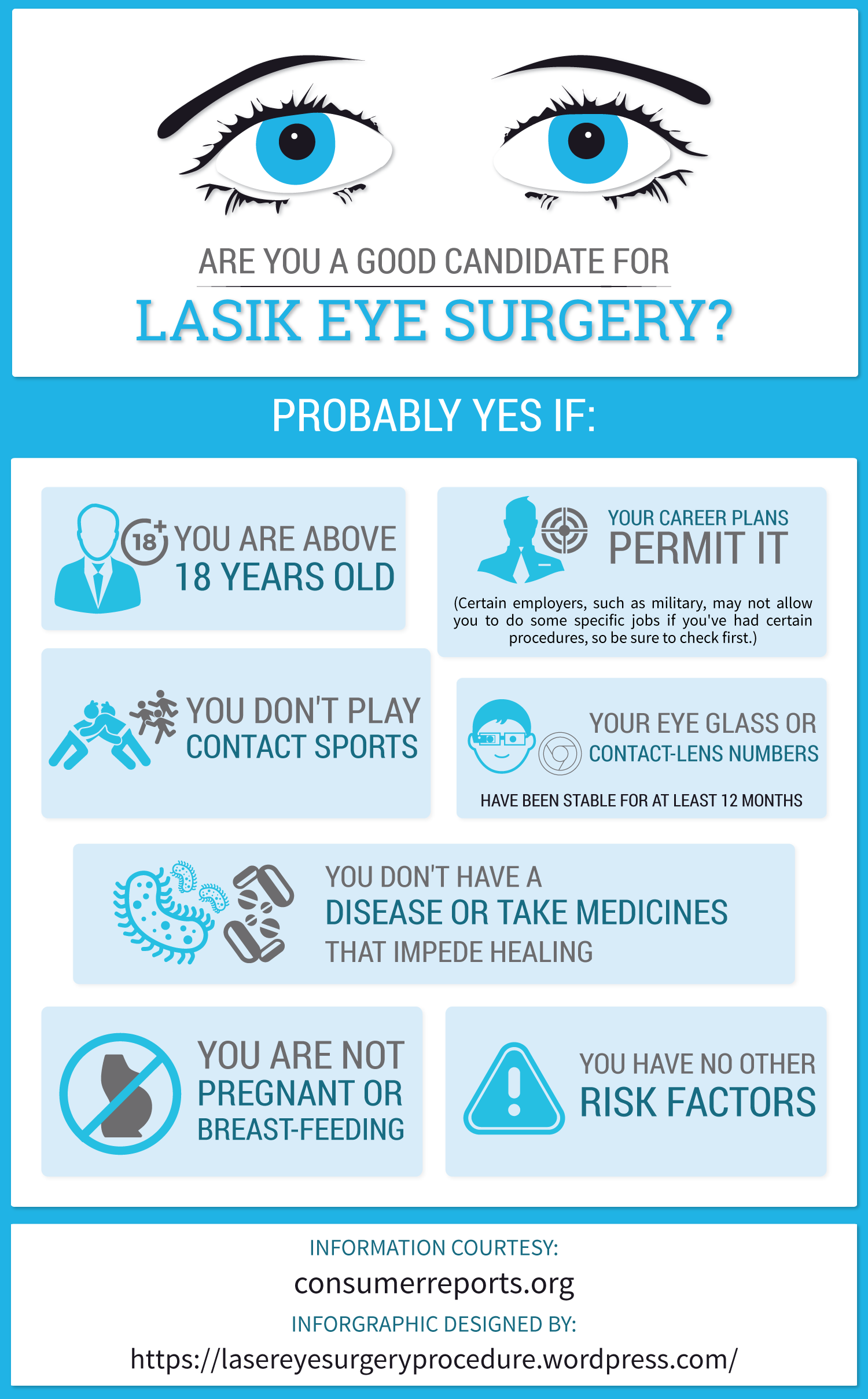An In-Depth Evaluation Of Modern Cataract Surgical Procedure Techniques
An In-Depth Evaluation Of Modern Cataract Surgical Procedure Techniques
Blog Article
Short Article Developed By-Korsgaard Kearney
As you explore the evolution of innovative cataract surgical treatment techniques, you'll witness a journey marked by resourcefulness and precision. From visit the next post that led the way for contemporary advancements to sophisticated modern technologies that are transforming the area, the comprehensive review of cataract surgery techniques is a testament to human development and dedication to enhancing individual results. The elaborate interaction in between historic approaches and futuristic advancements creates an appealing story that sheds light on the development of one of the most common surgeries worldwide.
Historic Techniques and Advancements
Explore how early cosmetic surgeons changed cataract treatment by employing innovative techniques and devices. In the past, cataract surgical procedure was a risky and excruciating treatment. Nevertheless, old Indian medical professionals were among the first to attempt surgical treatments for cataracts, utilizing a strategy called 'formulating' where a sharp tool was made use of to push the cataract back right into the eye. This approach, though crude by today's requirements, laid the groundwork for future improvements in cataract surgery.
As please click the next site proceeded, Arab doctors made significant contributions by developing specialized needles for cataract removal. These needles were utilized to penetrate the cataract and then extract it from the eye, noting a significant improvement in medical accuracy.
Later, in https://how-do-they-do-lasik-surg97642.blogrelation.com/32486984/bask-in-the-possibility-of-a-life-without-glasses-or-contacts-with-smile-surgery-a-mind-blowing-remedy-that-might-transform-your-vision , the French doctor Jacques Daviel spearheaded the strategy of extracapsular cataract removal, where the whole lens was eliminated intact through a larger laceration. This marked a major development in cataract surgical treatment techniques, paving the way for the modern procedures we use today.
Modern Surgical Approaches
Early methods in cataract surgical treatment have progressed considerably, bring about the development of modern-day medical strategies that focus on accuracy and improved client outcomes. Modern cataract surgical procedure currently frequently entails a treatment called phacoemulsification, where an ultrasonic gadget breaks up the cataract for removal with a tiny cut. This strategy enables quicker healing and reduces the risk of issues contrasted to older methods.
In addition, the use of innovative intraocular lenses (IOLs) has reinvented cataract surgery end results. These lenses can fix not just the cataract yet additionally various other refractive mistakes like astigmatism, minimizing the demand for glasses post-surgery.
Surgeons today likewise have access to innovative imaging innovations that aid in exact preoperative planning and intraoperative decision-making. Optical coherence tomography (OCT) and various other imaging methods provide in-depth pictures of the eye's frameworks, permitting a more tailored strategy to every individual's surgical procedure. With these improvements, modern cataract surgical procedure strategies remain to improve, providing people much safer procedures and far better visual outcomes.
Arising Technologies in Cataract Surgery
With developments in innovation transforming the area, cataract surgery is witnessing the combination of ingenious methods for boosted patient results. Arising modern technologies in cataract surgery are reshaping the landscape of sensory treatments. One such innovation is femtosecond laser innovation, which enables precise corneal lacerations, capsulotomies, and lens fragmentation, bring about enhanced medical precision and outcomes.
Additionally, intraoperative aberrometry is gaining appeal, allowing real-time dimensions of refractive errors during surgical treatment to boost intraocular lens power estimations and decrease postoperative refractive shocks.
Moreover, the use of advanced imaging innovations like optical comprehensibility tomography (OCT) and intraoperative wavefront aberrometry help doctors in precise surgical planning and implementation. These devices offer comprehensive anatomical information and help personalize surgical strategies for each individual's distinct eye characteristics.
Furthermore, developments in expert system are being explored to aid in preoperative preparation, intraoperative decision-making, and postoperative treatment, possibly maximizing medical results and person fulfillment. Accepting these emerging innovations in cataract surgical procedure holds assurance for further improving client results and ensuring the continued development of ophthalmic medical methods.
Conclusion
As you journey with the history of cataract surgical treatment, you witness the change from old methods to cutting-edge innovations. Like a phoenix climbing from the ashes, cataract surgical treatment has actually advanced right into a sign of hope and innovation.
Just as a caterpillar emerges from its cocoon as an attractive butterfly, cataract surgery has actually blossomed right into a polished art form, offering patients clearer vision and a brighter future.
The advancement continues, shining a light on limitless possibilities.
